
//Malcolm McLaren’s copy of Mable Morrow’s Indian Rawhide: An American Folk Art, published by Oklahoma University Press as part of the Civilization Of American Indian series in 1975//
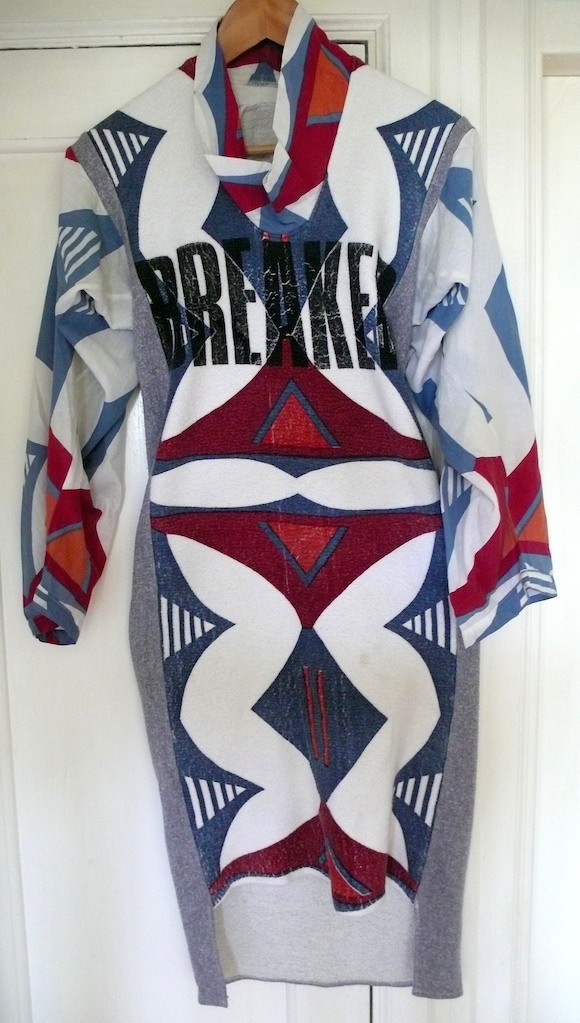
//Savages dress in thick marl and cotton with overprinted lettering. Design: Malcolm McLaren and Vivienne Westwood for Worlds End, 1981. Private collection//
Among the most revealing exhibits at the Malcolm McLaren show Let It Rock is the cultural iconoclast’s copy of a folk art book which proved a rich source of reference when he came to design the Savage collection with Vivienne Westwood in 1981.
McLaren’s consistent approach to creative activity always began with deep research (from the first publicly recognised manifestation, the Teddy Boy outlet Let It Rock, to his final film artworks Shallow 1-21 and Paris: City Of The XXIst Century).
And in the early 80s, McLaren’s copy of Mable Morrow’s Indian Rawhide, published by Oklahoma University Press in 1975, proved inspirational for this lifelong fan of Native American Indian culture.
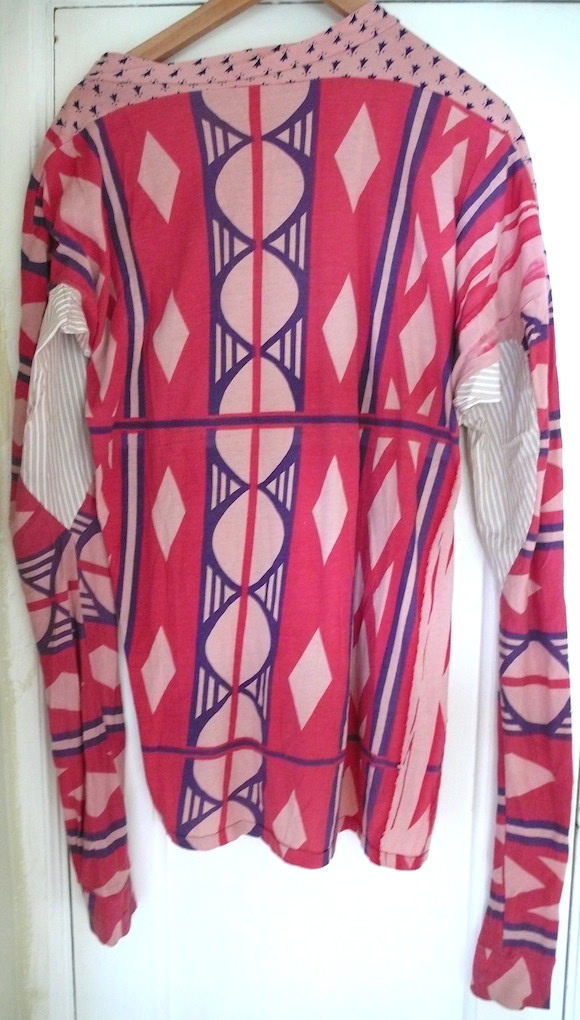
//Savages soft jersey top with contrasting armpit inserts and neck yolk. Designed by Malcolm McLaren and Vivienne Westwood for Worlds End, 1981. Private collection.//
McLaren’s recasting of this folk art in the sphere of fashion aligns his work in the 70s and 80s with the post-modern practice of appropriation which infused all spheres of artistic endeavour at the time, from literature to film and fine art. It is arguable that he and Westwood were the first and the greatest to incorporate the approach in clothing design.
When Savage debuted in October 1981 at Olympia’s Pillar Hall in west London, the repurposing of Native American tribal prints across a range of fabrics and garments – some overprinted with block capital slogans such as “Breaker” and “Girly” – and meshing with contemporary urban black culture and streetwear proved groundbreaking in fashion terms, as can be seen in this film commissioned for the event by McLaren:
Indian Rawhide and the clothing featured in this post are among the many rare and unique exhibits in Let It Rock: The Look Of Music The Sound Of Fashion, which is at the Crystal Hall in Copenhagen’s Bella Center from August 3-6.
Read more here.

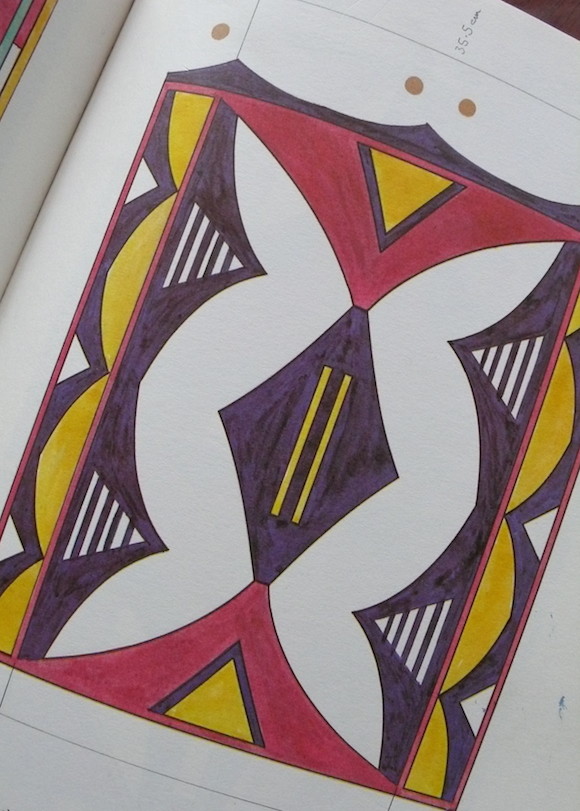
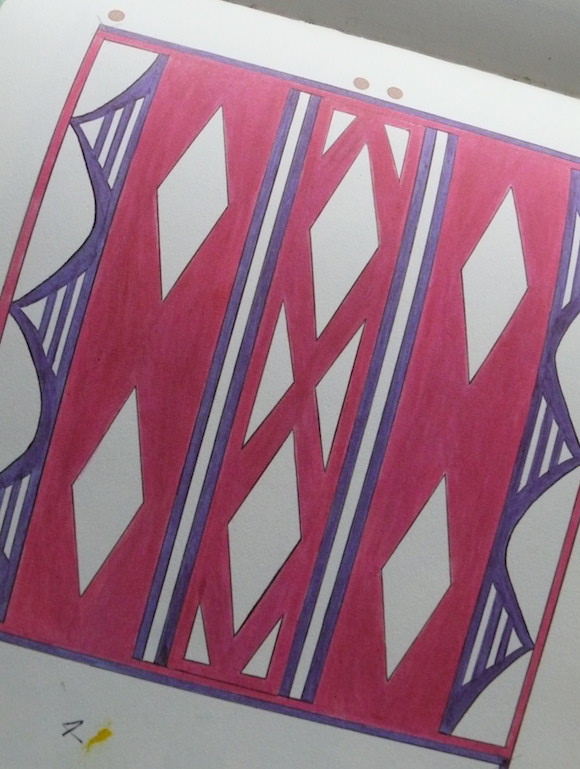
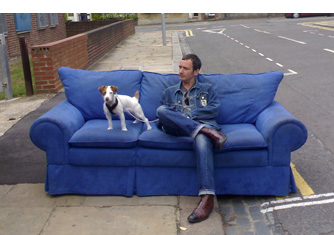






Recent Comments